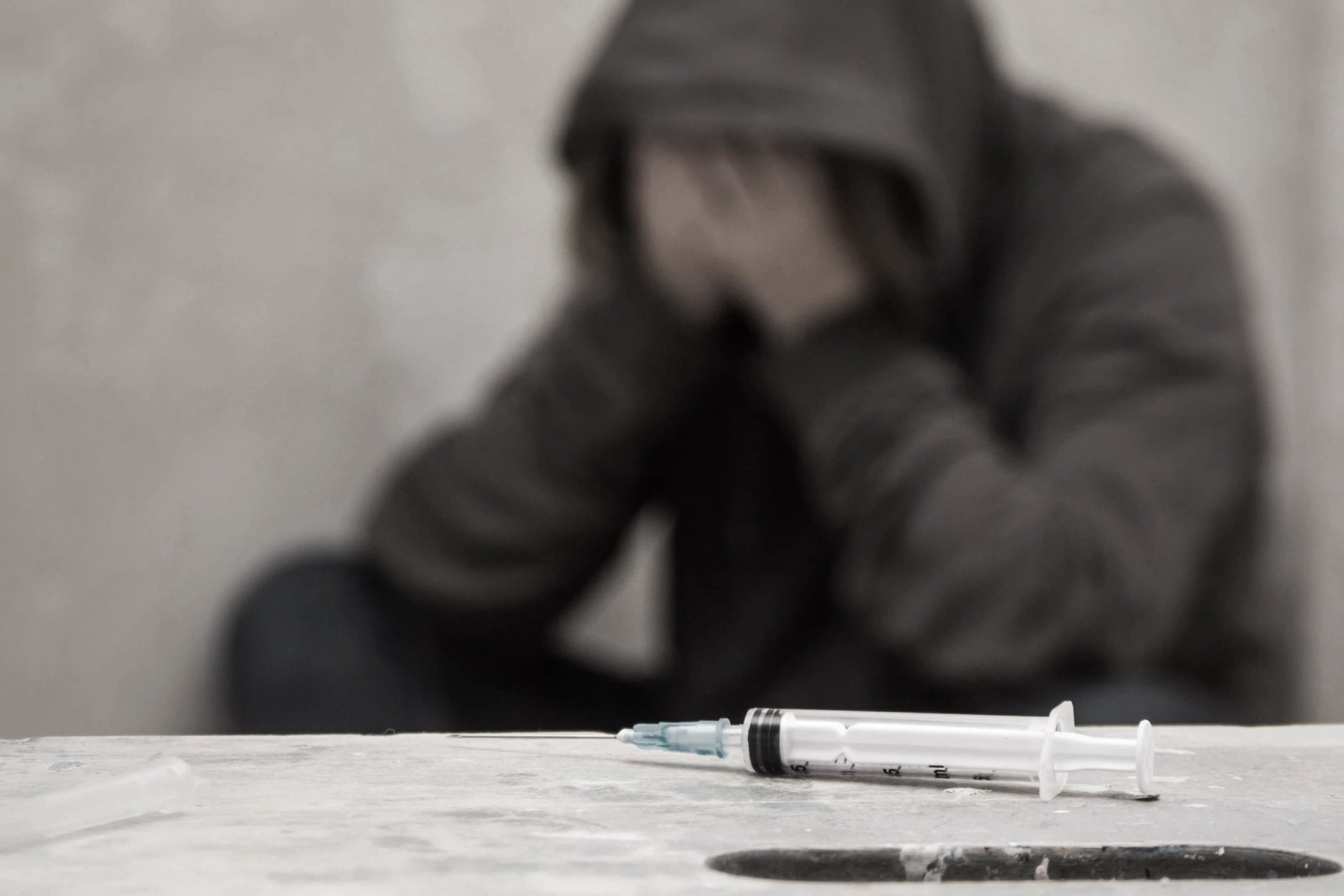According to the National Institute on Drug Abuse (NIDA), heroin is a highly addictive opioid drug made from morphine, a naturally occurring substance taken from the opium poppy plant. Opioids bind to specific receptors in the brain, generally acting as a pain reliever, but can also make one feel relaxed and happy. Heroin packs a double punch, being both physically and psychologically addictive.
Opium is made from the poppy plant, processed into morphine, and then reprocessed into heroin. Ironically, in the 1800s, heroin was developed as a “non-addictive” version of morphine, but heroin is just as addictive, if not more so. Heroin is typically produced in a powdered form and smoked, inhaled, or injected. Heroin is so similar to opioid prescription painkillers that it is often the first drug used after an individual has ended prescription pain medication.
The Heroin High
After taking the drug, a person experiences a “rush” of euphoria and a period of heightened alertness. The intensity of effects depends on body weight, health, and previous use. For three to five hours after use, people usually experience intense pleasure, a slowed heartbeat and breathing rate, and decreased appetite. This euphoric high makes heroin an “ideal” drug to quickly cope with physical or emotional pain in order to, to quote Pink Floyd, “become comfortably numb.”
Heroin users rarely crave more after the first use, but its effects motivate people to try it again. This often starts a dangerous cycle of repeated use. Depending on the frequency of use and the purity of the drug, addiction is possible within less than a week.
Why Is Heroin So Addictive?
Heroin binds to the opioid receptors in the brain — the ones responsible for feelings of pain and pleasure. Usually, the brain produces its own opioids (called endorphins) to respond to pain or injury, but sometimes they do not provide enough relief. Opioid painkillers are prescribed for acute pain (or end-of-life care) and contain synthetic opioid chemicals. They cause the release of dopamine and other feel-good neurotransmitters. Through continuing use, the brain becomes dependent on synthetic opioids and decreases its production. If a person addicted to heroin were to stop taking it, they would immediately feel adverse effects.
Psychologically, the brain is programmed to remember experiences that cause pleasure and push us to repeat them. The brain remembers that heroin causes pleasure, and it becomes a positive experience. Each “positive” use is remembered, and the brain becomes increasingly motivated to repeat it.
Heroin’s low cost and relatively easy accessibility also make it an easy drug to use and abuse, and its devastating withdrawal symptoms make it hard to quit. Prescription opioids are expensive and harder to get. People addicted to prescription opioids switch to heroin because it’s cheaper and easier to find.
The most common signs and symptoms of heroin addiction include:
- slurred speech
- changes in pupil size
- itching or skin infections at the injection site
- nausea and vomiting
- memory loss and disorientation
- mood swings
Long-term use can lead to lung infections, kidney or liver disease, vein collapse from injections, sexual dysfunction, and severe mental health disorders like anxiety, depression, and bipolar disorder.
Individuals addicted to heroin commonly take the drug simply to avoid the incredibly uncomfortable withdrawal symptoms, which are said to be as intense and painful as those of any other drug. Rather than using it for a high, they take it to avoid feeling sick. Fortunately, heroin withdrawal is rarely life threatening, but the physical symptoms are terrible. Few can get through heroin withdrawal without professional treatment, and if they manage to do it, they often relapse. The withdrawal symptoms can be severe: bone and muscle pain, cold flashes, diarrhea and vomiting, insomnia, muscle spasms, depression or anxiety, intense cravings, sweating, and increased heart rate.
Treatment For Heroin Addiction
Recovery is a multi-step process. Medically supervised detoxification is recommended because the patient is carefully monitored and the discomfort of withdrawal symptoms can be eased. Once physically detoxed, various effective treatments are available for heroin use disorder, both behavioral and medical, to restore normalcy to brain function and behavior. For most, a combination of treatments is the most effective approach.
Treatment plans must be tailored to the individual, balancing physical, behavioral, and social (group therapy, 12-step program) treatments. Most programs are “holistic,” going beyond simple detox. They deal with the whole person — treating the physical and mental issues, and pushing the person to a healthier lifestyle. Many programs even work with nutritionists and trainers to improve diet and exercise to help eliminate toxins at a faster rate.
In most cases, residential rehabilitation is the way to go. Patients can be easily monitored during the physical detox and recover in a safe and calm environment, thus avoiding the circumstances that may have triggered the addiction initially. Residential rehab will teach and reinforce healthy coping mechanisms, and increase the odds of staying sober. Support from an experienced treatment staff can make all the difference and help keep those in recovery on the road to a better and healthier life.
Why Choose Bridges Of Hope?
Bridges of Hope is a long-term residential recovery center. There are four facilities for men and one for women. Our program of recovery is based on the principles of Alcoholics Anonymous (A.A.). The A.A. ‘Big Book’ and the 12 steps to recovery serve as the foundation for the entire program. A.A. has been successfully helping people recover for more than 80 years, through fellowship, prayer, and the demonstration of spiritual principles.


 Verify Insurance
Verify Insurance
 Toll Free Call
Toll Free Call